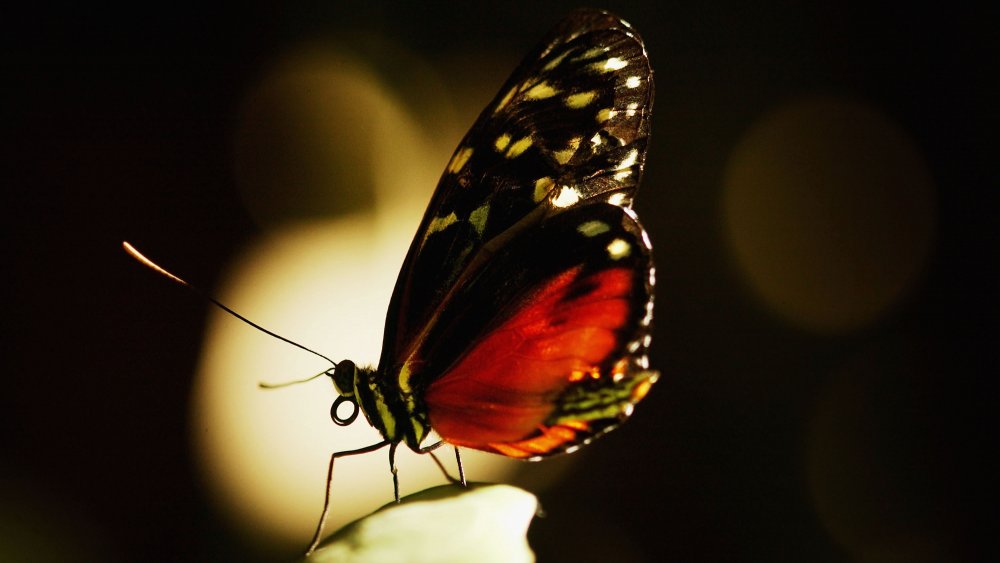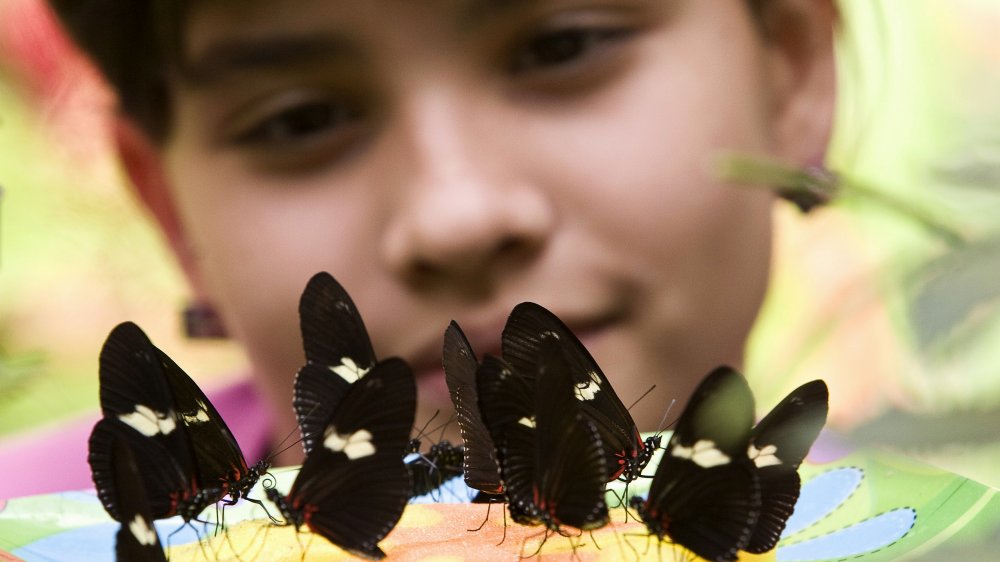These Butterflies Are Changing What Scientists Think About Evolution
The fact that the butterfly effect is still associated more with Ashton Kutcher than actual science points to the obvious — people generally find pop culture way more interesting than popular science. And who can blame them? Chaos theory is an incredibly complex branch of mathematics to grasp, while Ashton Kutcher's boyish charms simply require the brainpower of a mosquito and a teen-spirited libido.
But all that may soon change, because butterflies are now affecting what scientists think about evolution. According to an article published in the journal Science, results of a study of the Heliconius genus of butterflies contradict the traditional belief that hybridization — when different species shag — is a mostly negative thing.
Because I got hybrid
Nate Edelman, a graduate student at Harvard University and an author on the study, told Inverse that hybridization is generally considered bad, because hybrid animals "tend to be associated with their faults." The mule, for example, is the lovechild of a male donkey and a female horse, and it's sterile. Unless Bob Barker was judging, that would generally earn mules a big fat "X" on America's Got Reproductive Talent. In the words of Edelman: "That hybrid usually has some big problems. That's sort of the baseline expectation."
Ligers, a cross between a female tiger and a male lion, are often born with gigantism, according to The Wildcat Sanctuary, meaning their hearts and other organs often give out under the stress of supporting their size. Just don't tell that to Napoleon Dynamite.
In the case of Heliconius butterflies, at least, hybridization is a means of survival, kind of like how corporations diversify their holdings — by branching out into many different fields, they're more capable of weathering hard times.
Bugs with wings that like to swing
These butterflies love to swing all sorts of ways. According to Edelman's team, about one third of the 48 different Heliconius species are keen interbreeders, a much larger ratio than expected. This points to interbreeding, at least for these butterflies, as an evolutionary benefit, which goes against everything we thought we knew about cross-breeding.
And according to a Harvard news release, "most of the diversity of life is probably created" with this sort of behavior, including those of mammalian origin. In other words, these butterflies are demonstrating behavior that likely played a role in how humans came to be.
Interestingly, Heliconius display unique behavior — they're the only kind of butterfly that eats pollen in its adult form, and they have a "home range", choosing to visit the same flower each day. According to Edelman, this is behavior more commonly found in mammals.
So while it's okay if you still prefer Dude Where's My Car? over the finer points of butterfly genetics, give the butterflies some credit for getting the heart of the scientific community all aflutter.


